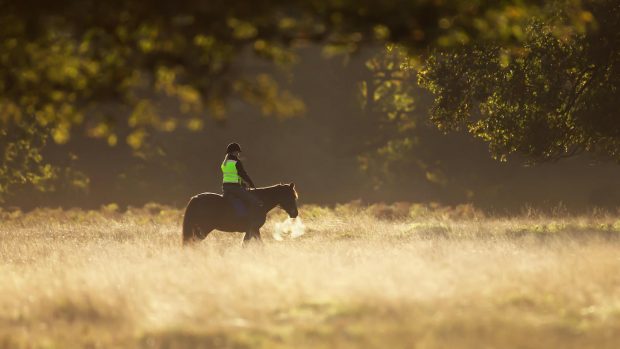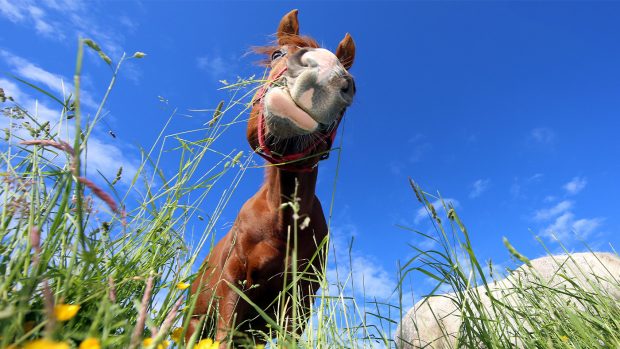Don’t wait for the ramp delivering your first horse or pony to go down before you start to think about its care,in which feeding is of the utmost importance. A few questions need to be asked first.
What are you going to do with it? This affects the amount and the richness of the feed that the horse will need. For most first timers, your charge should exist healthily on a diet of mainly hay or grass and a small amount (ie 1-2kg) of hard feed.
Will it live in or out or a mixture of both? A horse living outside in winter will require more supplementary food to keep it warm and to prevent it losing weight. In spring and summer, when the grass grows, you will need less supplementary feed, as the horse will put on weight.
What is its temperament and does it hold condition? These can also be affected by breeding, as those with native blood are less sparky than those with Thoroughbred blood. Some horses are born worriers, and others are more laid back. This affects whether they hold perfect condition and lose or gain weight easily.
Weight: you need a rough idea of how much your horse weighs, not just for feeding, but also for medicines and wormers. To assess its weight, a weigh tape is a good idea, and these are available from most feed companies. A typical horse or pony should eat about 2% of its weight in total feed per day.
Age: a first horse or pony, particularly a “schoolmaster”, may be a bit long in the tooth. If the horse is in good condition without any problems holding weight then it doesn’t need a veteran mix, and should be fed the standard product for the level of work it does, ie a low or medium energy feed. Horses only need veteran feeds if they are having trouble holding weight on a normal diet.
Try to find out if the horse or pony suffers from any diet-related problems, such as allergies to dust, or whether it gets laminitic in spring.
Previous feed: find out what is fed, amounts and why used. You shouldn’t change this feed straight away, but may be able to improve the diet once you’ve got used to owning the horse or pony.
Top tips for first-timers
- Don’t overcomplicate things and, if in doubt, phone one of the feed company helplines.
- Do make sure you have some forage and feed ready for your new charge when it gets home – and keep your feeding system as straightforward as possible.
- Familiarise yourself with the rules of good feeding. Most horse care manuals have this information.
- Feeding for maintenance or light work: your horse should receive about 2% of its weight per day as total feed, although greedy ones, if left to their own devices, will eat more than that. For a first horse or pony, 80-100% of its total diet will be hay or grass, with the rest as hard feed.
- If your new horse is a fatty, it needs to go on a diet. Reduce the calories and increase the workload. Go for a low-energy feed and provide total hay and hard feed at 1.5% of its bodyweight instead of the usual 2%.
- Horses and ponies which are not working could be fed a hay-only diet with a vitamin and mineral supplement.
See Horse & Hound’s regular “feed forum” to stay up-to-date with the latest feeding advice, or click here to subscribe.




